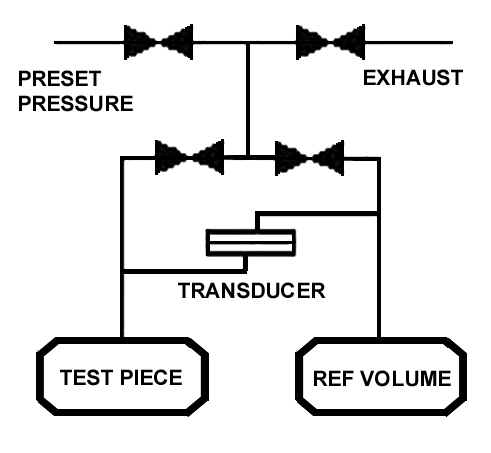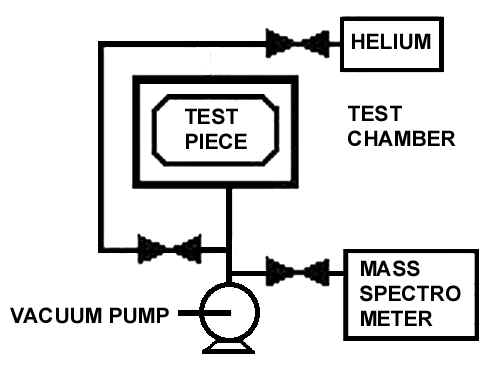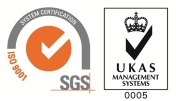Leak Testing: Basic principles of leaks and leak testing
Explore the Leak Testing Section
Leak Testing is used to ensure quality, tested and proven parts are supplied into the market. The use of leak testing equipment eliminates failures in the field.
Explore this section to find out more about the how TQC can help you with your leak testing requirements
- Overview
- Air Decay
- Helium
- Other Test Methods
- Leak Testing Services
- Standard Equipment
- Case Studies
- Automotive Brake Leak and Flow Testing
- Automotive Bedplate Leak Test Machine
- Battery Tray Leak Test Machine
- Chilled Beam Leak Test
- Flexible Leak Test Facility
- Fuel Tank Leak Testing
- Helium Leak Test Bench
- Helium Leak Testing of Automotive Fuel Pipes
- High Pressure Audit Leak Testing System with Datalogging
- High Speed Leak Testing of Pipe Fittings using Air and Helium
- High Speed Leak Testing of Plastic Vial for the Medical Industry
- Leak Test Facility for Water Valves
- Leak Test Cell with Robotic Handling
- Casting Leak Testing of Engine Blocks
- Medical Filter Leak Test Machine
- Medical Showerhead Leak Test Machine
- Plastic Fuel Rail Leak and Burst Test Machine
- Plastic Sump Pipe Leak Test and Assembly
- Small Medical Device Leak Test Machine
- Twin Station Leak Test Machine for Oils Sumps
- V6 Cylinder Head Leak Test Machine
- V6 Engine Leak Test Machine
- V8 Cylinder Head Leak Test Machine
- V8 Engine Block Leak Test Machine
- Valve Block Leak Test Machine
- Vauxhall Leak Test Machine
- Weapon Leak Test Machine
What is a Leak?
A leak is a flow of gas (or liquid) through the wall of a vessel (via an imperfection such as a hole, crack or bad seal). Leaks require a pressure difference to generate the flow; they always flow from higher pressure to lower pressure.
Leaks are pictured as going from positive pressure (inside an object) to outside (at atmospheric pressure). This is not always the case (a leak could be from atmosphere to inside an evacuated object), but it helps to think about it this way because the units and terminology are based on this model.
Leak Testing - what units do you use?
For leaks of air into atmosphere, units are usually expressed as mm3 or cm3 (cc) per second or minute. So 16.6 mm3/sec = 1 cm3/min. A bubble under water is about 30 - 50 mm3, so 1 bubble per second is about 30 mm3/sec or 2 cm3/min. A standard unit of leakage which takes account of air pressure is the mbarl/sec. (Millibar-litre per second). A leak into atmosphere of 1 mbarl/sec is equivalent to a volume leak of 1000 mm3/sec.
Leak Testing - what technique should be used?
Key questions at the start of any leak test requirement are:
- What size is the component and what is it’s internal volume?
- What is the leak limit?
- Does it have hidden internal volumes that may affect leak measurements?
- Are the parts clean and dry?
- Is there access to inside or is it a sealed unit?
- Is it rigid or flexible?
- Are parts at ambient temperature?
- What is the surface finish of any sealing surfaces?
Based on the acceptable leak rate limit (shown in ml/sec) alone the following test method can be used.
Tracer Gas |
Flow Rate |
|||||||||
|
Water Submersal / Dunk Tank / Bubble Leak Test |
||||||||||
High Vacuum Helium |
Air Decay |
|||||||||
| 10-9 | 10-8 | 10-7 | 10-6 | 10-5 | 10-4 | 10-3 | 10-2 | 10-1 | 1 | 5 |
Leak Testing - generic systems

Pressure / vacuumThe test piece and the reference volume are simultaneously pressurised (or evacuated) to a preset pressure. The air in the system is then allowed to stabilise, with the supply valves all closed. The Differential Pressure Transducer is automatically zeroed. After this stabilisation time, the pressure change in the test piece is compared to the pressure change in the reference volume, using the Transducer. If the test piece is leaking, the difference will increase and be measured, an alarm limit may be set for a pass/fail decision.
The sequence is fully automatic, the accuracy and sensitivity of the system is defined by the method of setting the preset pressure together with the quality and type of control valves and Differential Pressure Transducer.

Helium systems. A vacuum pump evacuates the test chamber and test piece simultaneously to a preset vacuum. At this preset level, the chamber and the test piece are isolated and the chamber evacuated further to a very low pressure. A positive pressure variation is therefore created between the test piece and the chamber.
Helium gas is then introduced into the test piece, often in a 10% concentration. A Mass Spectrometer analyses a sample from the chamber as the vacuum continues to be drawn. The Mass Spectrometer measures the helium leakage and sets the pass/fail decision. The test piece pressure is often compared to the chamber pressure before dosing with helium, to avoid saturating the Mass Spectrometer in the event of a gross leak. For more information see our guide on Helium Leak Testing
To find out more about how we can help you with your leak testing requirements:
We build all machines in-house, applying our 25+ years experience in specialised test and automated handling machines experience to the engineering projects we undertake. We offer customer support, backup and service call-out for all projects, whatever the size.
Get in touch with us to discuss your requirements and we will be happy to offer our professional advice and visit you at your site.
- Contact us online
- Email us or call us on 0115 950 3561
